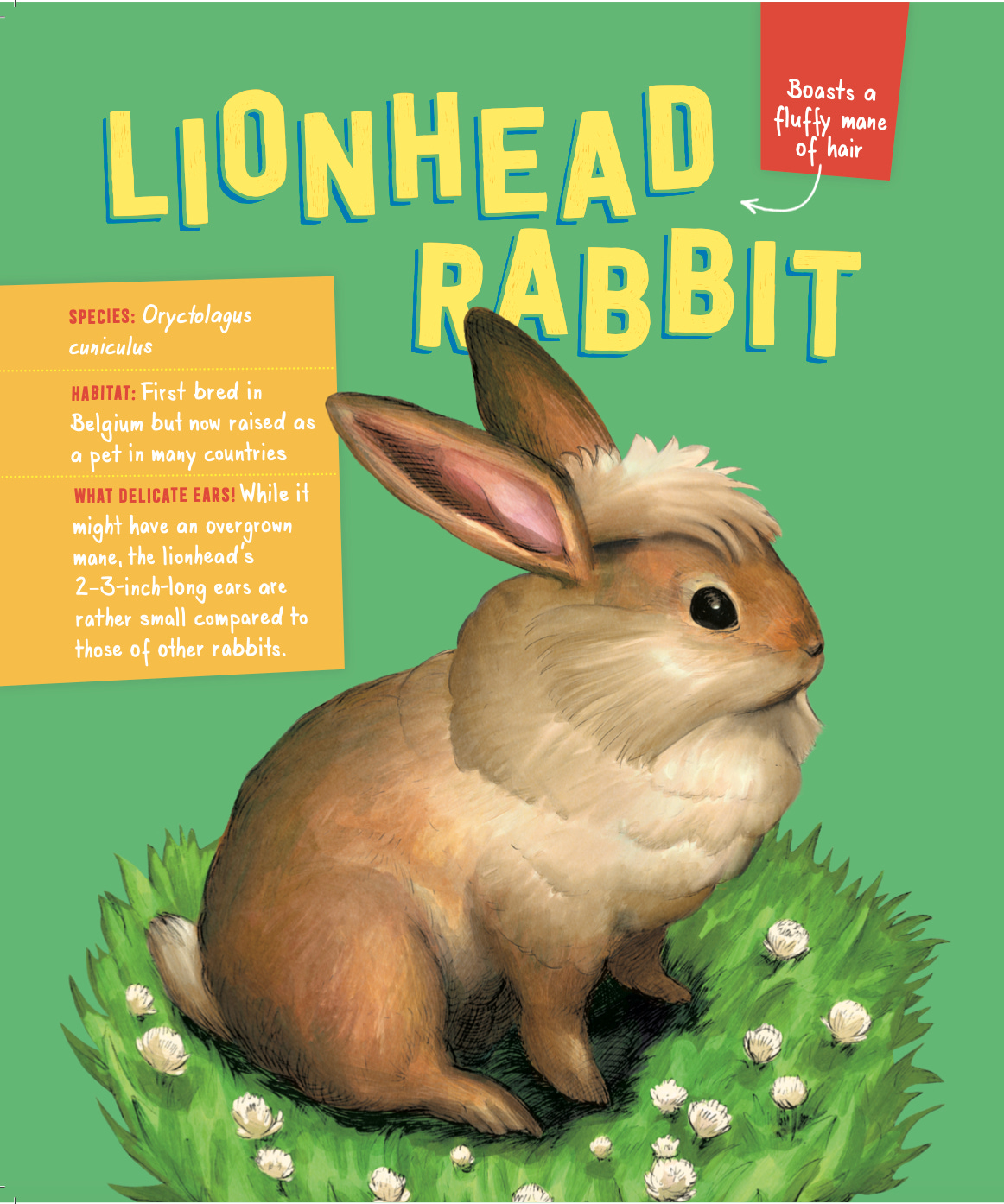What if a spider could teach you to dance? Or a shark taught your math class by carving out cookie shapes?
From the rainbow-flashing Sparkle-Muffin Peacock Spider to the precision-biting Cookiecutter Shark, these Curiosity-Based Thinking adventures for grades 1-6 transform the animal kingdom's strangest residents into your most engaging guest teachers.
Each creature here from The Screaming Hairy Armadillo comes with built-in mysteries that spark questions, drive discovery, and turn "that's impossible!" into "how does that work?"
Your students won't just learn about these animals, they'll think like scientists, create like inventors, and wonder like explorers.
Let’s get curious!
🕺 Funny Names – Sparkle-Muffin Peacock Spider & Friends
What If...? Sparkle Dance
The Sparkle-Muffin Peacock Spider is a tiny Australian jumping spider with a rainbow-colored backside that males flash during a fancy dance to impress females.
Instructions: Imagine if the Sparkle-Muffin’s dance could talk to humans. What would it say? Grades 1-3: Draw a speech bubble with its message. Grades 4-6: Write a short story about a chat with this dazzling spider. Share your sparkliest ideas!

Spider Style Showdown
CBT Strategy: Curiosity Q&A + Creation
These tiny, colorful spiders don’t just catch food—they catch attention! Male peacock spiders, like the sparkle-muffin, wave their legs in rhythmic dances to impress picky females.
What to Do:
Learn about the sparkle-muffin and other peacock spiders’ wild colors and dances.
Ask:
Why would color and dance matter for survival?
What do you think the spider is “saying” with its moves?
Students create their own “communication dance” or color code to express a message (e.g., “Don’t eat me!” or “I’m awesome!”).
Optional: Hold a “Spider Style Show” with performances and explanations.
Bonus Curiosity Cue: What if animals judged talent shows?
🐉 Magical Names – Flying Dragon & Tiny Dragon Lizards
Gliding Wonders
The Flying Dragon, a lizard from Southeast Asia, doesn’t fly—it glides between trees using colorful, wing-like skin flaps called patagia.
Instructions: Research how this tiny dragon glides (hint: check its ribs and skin!). Then, create a poster or short presentation. Grades 1-3: Draw its gliding path. Grades 4-6: Add three facts you discovered. Show off your magical masterpiece!

Design-a-Dragon Glider
CBT Strategy: Discovery Learning + Creation
Flying dragons glide from tree to tree using wing-like ribs. Other “tiny dragons” have spikes, beards, or color-changing scales!
What to Do:
Explore images or facts about the flying dragon and its “dragon” cousins.
Ask:
What body part helps it glide?
What other creatures glide (or fly) without wings?
Students design their own animal-inspired glider using craft materials or digital tools.
Bonus option: Create “dragon features” that help with other challenges like staying cool, finding food, or avoiding predators.
Bonus Curiosity Cue: What if humans had body parts designed for gliding?
🐰 Fierce Names – Lionhead Rabbit
Mane Mystery
The Lionhead Rabbit boasts a fluffy mane around its head, making it look like a mini lion, despite being a gentle, small pet from Belgium.
Instructions: Ask questions about its mane—like “Why does it look like a lion?” or “How does it grow so fluffy?” Find answers with a friend or teacher. Grades 1-3: Draw the rabbit and label its mane. Grades 4-6: Write three questions and answers. Roar with curiosity!

The Fluff Factor: Tough or Just Cute?
CBT Strategy: Reframing + Curiosity A–Z
Despite their soft, fluffy look, lionhead rabbits have the name of a predator. But looks can be deceiving.
What to Do:
Learn about the lionhead rabbit’s name and features.
Class brainstorm:
What animals look tough but aren’t?
What animals seem harmless but are actually dangerous?
Reframe: What makes something really fierce—appearance or action?
A–Z Challenge: List animals, traits, or behaviors from A to Z that show true toughness—physical, mental, emotional.
Bonus Curiosity Cue: What if animals named themselves?
🦈 Delicious Names – Cookiecutter Shark
Bite Breakdown
The Cookiecutter Shark is a small deep-sea predator that uses its round jaw to take cookie-shaped bites out of bigger sea creatures.
Instructions: Break down how it hunts into steps (e.g., finding prey, biting, twisting). Grades 1-3: Draw the shark mid-bite with labels. Grades 4-6: List the steps and explain how each helps it survive. Slice up this mystery!

Shark Snack Strategy Lab
CBT Strategy: What? to Wow! + Discovery Learning
The cookiecutter shark bites circular chunks out of bigger animals, leaving behind perfect “cookie” holes.
What to Do:
Show photos of cookiecutter shark bites and explain “suctorial lips.”
Complete a What? to Wow! (For Example):
✅ 1. WHAT?What is a cookiecutter shark, and what makes its bite different from other sharks?
What shape does it leave behind?
What are “suctorial lips,” and how do they work?
✅ 2. WHO?
Who does the cookiecutter shark feed on (prey)?
Who studies this shark and why?
Who might be inspired by how it bites (e.g., engineers, designers, surgeons)?
✅ 3. WHERE?
Where does the cookiecutter shark live, and where does it hunt?
Where on other animals’ bodies are its bites usually found?
Where might a tool based on its suction or bite be useful (e.g., underwater, space, medicine)?
✅ 4. WHEN?
When is the cookiecutter shark most active—and why does that matter?
When does it use its biting method: for food? Defense? Exploration?
When did scientists first discover how it eats?
✅ 5. WHY?
Why would it choose to bite and swim away instead of attacking?
Why is its method more effective than just biting and tearing like other sharks?
Why do scientists think this strategy is so unusual?
✅ 6. HOW?
How does the shark attach itself before biting?
How does it create such a clean, circular wound?
How could we engineer a tool or machine that copies this movement?
✅ 7. HUH?
Huh? How does it line up the perfect bite in the dark ocean?
Huh? How can such a small shark harm such large animals?
Huh? How does it know where to bite without being seen?
✅ 8. WOW!
Wow! What other animal behaviors might be hiding other useful design ideas?
Wow! What if a kitchen gadget could grip and twist to open containers or peel fruit the same way this shark bites?
Wow! What if a medical tool could safely remove just a small circular piece—like the cookiecutter shark does with flesh?
Ask students to invent a tool or robot that mimics this biting/attaching motion—perhaps for space repair, science missions, or kitchen gadgets!
Students present their idea as an ad, blueprint, or mini-pitch.
Bonus Curiosity Cue: What else could we make better using a bite-shaped design?
🐟 Just Plain Weird Names – Bird Beak Dogfish
Beak Bonanza
The Bird Beak Dogfish is a deep-sea shark with a long, beak-like snout, hunting in packs far below the ocean’s surface.
Instructions: Create an A-Z list about this odd shark (e.g., A for “Awesome snout,” Z for “Zips through water”). Grades 1-3: Pick 5-10 letters as a group. Grades 4-6: Aim for the full A-Z solo or in teams. Share your weirdest wonders!

Animal Mash-Up Debate
CBT Strategy: Reframing + Curiosity Conversations
With the beak of a bird and the body of a shark, this dogfish looks like a cut-and-paste mistake from nature’s scrapbook.
What to Do:
Show images or a video of the bird beak dogfish.
Ask:
What advantages might a bird-like beak give a fish?
What challenges might come with this strange combo?
In small groups, students create and defend their own “animal mash-up” for a survival challenge (e.g., the Arctic, rainforest, desert).
Groups present and debate whose combo would win—and why.
Bonus Curiosity Cue: What if you had to evolve new body parts to survive in the ocean?
The next time your students seem restless or disengaged, remember that nature's oddest creatures are waiting to work their magic. These aren't just fun facts to memorize, they're gateways to deeper thinking, creative problem-solving, and the kind of wonder that makes learning stick.
When students discover that a tiny spider can choreograph a dance or a small shark can engineer the perfect bite, they realize that the world is far more fascinating than they ever imagined.
So embrace the weird, celebrate the curious, and watch as your classroom transforms into a place where every question leads to an adventure.
Stay curious!
Matt
More from this Series!
What If Animals Were Teachers?
Can a fish with a sassy attitude or a crab that looks like a sweet treat teach us how to argue better or design our homes?
Wild Names, Wilder Curiosity: Creature-Powered Learning Adventures
Ever met a bird with an umbrella, a salamander called "snot otter," or a fish that wears lipstick? These real-life oddballs from The Screaming Hairy Armadillo are about to spark your students' curiosity in the wildest ways!
Last Days, Lasting Curiosity: Curiosity Sparks a Wild End to the School Year
The Screaming Hairy Armadillo may sound like pure fun (and it is!) but it’s also a launchpad for something deeper: meaningful, memorable learning fueled by curiosity.












Share this post